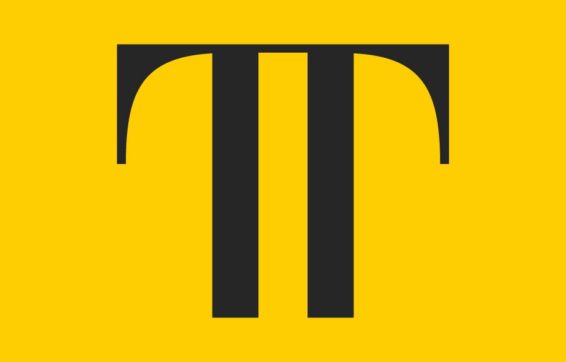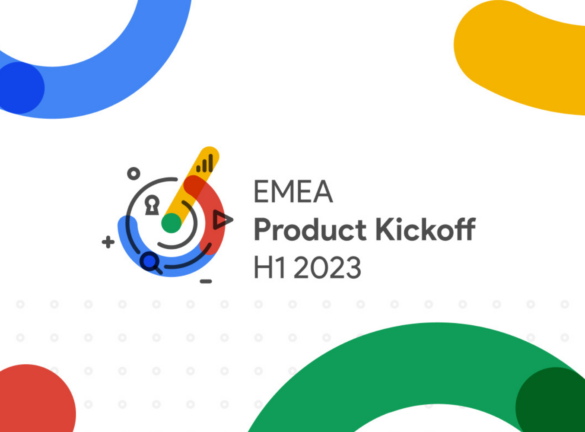
How to Get Real Insights from the Auction Insights Report
Back in 2012, AdWords launched the Auction Insights report, giving advertisers more visibility on competitor’s activity on AdWords. Despite not sharing spends, the report provides access to useful competitor information such as their average position, impression share, overlap rate, top of the page rate and outranking share. This report is available at campaign, ad group and keyword level, allowing advertisers to analyse this information on a very granular basis. Although it is somewhat limited, it does provide opportunities to better understand your competitors’ strategies and gives valuable insights into areas where campaigns could be better optimised. The obvious benefits of Auction Insights are having the ability to:
- See who your competitors are on AdWords (as it may not always be who you expect)
- Compare your visibility with that of your competitors
- Measure how much business you could be potentially losing to your competitors and the opportunities to increase investment in AdWords
- Gain a better understanding of CPC fluctuations
However, the continued addition of new features to AdWords means that there are now more ways to use this insight than ever, but first, let’s look at the basics.
Using Competitor Insights to Inform your Strategy
Using the Segment option on the Auction Insights platform, it is possible to breakdown the by time and device.
Day
This segmentation can help you to understand if your various competitor’s budget lasts the whole month, or if the budget ends at some point. A better understanding of how your competitors manage their budgets can help you to take advantage of periods with less competition. Less competition is directly associated with lower CPCs and consequently better ROAS.
Day of the Week
This report can help you to understand if competitors have a different strategy for specific days of the week. If they invest more on Mondays, you could increase your bids on the other days of the week since they would be less competitive and in turn you would probably increase your impression share.
Month/Quarter/ Year
These reports can help advertisers to have a bigger picture of their competitors and understand when they started/paused AdWords activities. This view can help, for example, to understand how a new competitor can affect ROAS or CPA.
Device
With the device breakdown option, you can also understand if competitors have specific strategies for different devices. For instance, understanding the value of mobile for your account and how competitors are bidding on this device, can help you decide whether you should increase or decrease your bids. For example, if competitors present a high impression share and top of the page rate, but your campaigns do not present a good return on mobile devices, you could decrease your bids and reinvest into areas with less competition.
The Auction Insights report not only helps you to understand more about your competitors, but it could also help to understand more about your own account. If you ever see that a competitor from another industry is appearing in your reports, this can indicate that you are probably bidding on a generic term and you need to add negative keywords. It is always important to say, that sometimes, this is expected for some advertisers since their brand names, for example, could conflict with another industry.
So far, so good, but given these reports have been available since 2014 you have probably already done this analysis and are wondering if there is anything new that can be done here. Well, by combining this information with Audiences for Search, you might be able to get some additional information that was previously unavailable.
Auction Insights & Demographic Data
We were testing different messages for specific demographics for one of our clients, when we noticed that our brand CPCs had increased significantly just for the older demographics. After looking at the Auction Insights, we found that one competitor had just started bidding on our branded keywords just for 65+ customers, even though they were not otherwise obviously focused on an older audience.
Since the client was keen to test a competitor campaign, this insight helped us to tailor a specific message for the ad copy to use for this specific competitor. Focusing the message on the competitor’s core target, helped us to be more relevant for this specific age group.
Auction Insights & Scripts
As I previously mentioned, AdWords does not allow scripts for the Auction Insights report, but it’s possible to create an automated spreadsheet outside of AdWords. A good option would be an automated report that tracks competition over time, cross referencing with your average CPC. Automated reports can be a more accessible way to compare your account performance with competitors and to cross reference an increase in CPC with an increase in competition.
Auction Insights & Google Slides
At the end of July, Google launched a script that integrates with the Google Slides API. This would provide a more visual representation of the data and automate the presentation process. These slides could be easily shared with clients with the benefit that the data is up to date whenever they need to access it.
Auction Insights & SEO
The Auction Insights report is not only useful for PPC insights, but can also be used to help make strategic SEO decisions, in terms of planning and deciding which key phrases to target. For example, if a competitor is not bidding on a certain set of key phrases, we can then identify those key phrases as an SEO priority, as the CTRs could be better with less competition.
If certain competitors drop out of key phrase sets, that could indicate either the CPCs are too high for them to maintain positions, or the key phrases have not been driving good traffic or leads, hence why they have dropped out.
Suggestions for Future Improvements
As previously mentioned, although Auction Insight reports do provide some valuable insights, there are some features that could be added to make them even more useful.
Allow Scripts for Auction insights
This functionality would be extremely helpful, since it would be possible to create scripts that could automatically change bids according to competitor’s behaviour or even to generate more detailed automated reports.
CPC fluctuations due to increased competition
Better understanding how competition is affecting the CPC would also be a great feature. Since CPC fluctuations can be influenced by several different factors related to campaign optimisations, analysing each variable separately could help advertisers to take more strategic decisions based on the competitor’s behaviour.
Reports by Hour of day
Almost all the time segments are already available on the Auction Insights report, apart from hour of the day. With the available reports, we already have an extensive analysis of competition, but in some cases, having a report by the hour of the day could be even more interesting. One big benefit would be knowing the less competitive period of the day, which could help advertisers to start bidding on competitive generic keywords but with lower CPCs.
Conclusion
Auction insights can help you make better and more timely decisions across all your search activity. Understanding your competitors behaviour over time can help you to optimise your campaigns and create a specific strategy based on this information.
How often you look at competitor insights will depend on your industry, the investment and also the keyword strategy that is in place, but the use of automated reports and Google Slides are alternatives to the manual process of analysing this data. The biggest benefit this offers is the ability to check the results more often, consequently helping you to understand when it is time to take an action. Without an automated process, this report is often only looked at in response to changes in performance, and so any action ends up being reactive rather than proactive.











